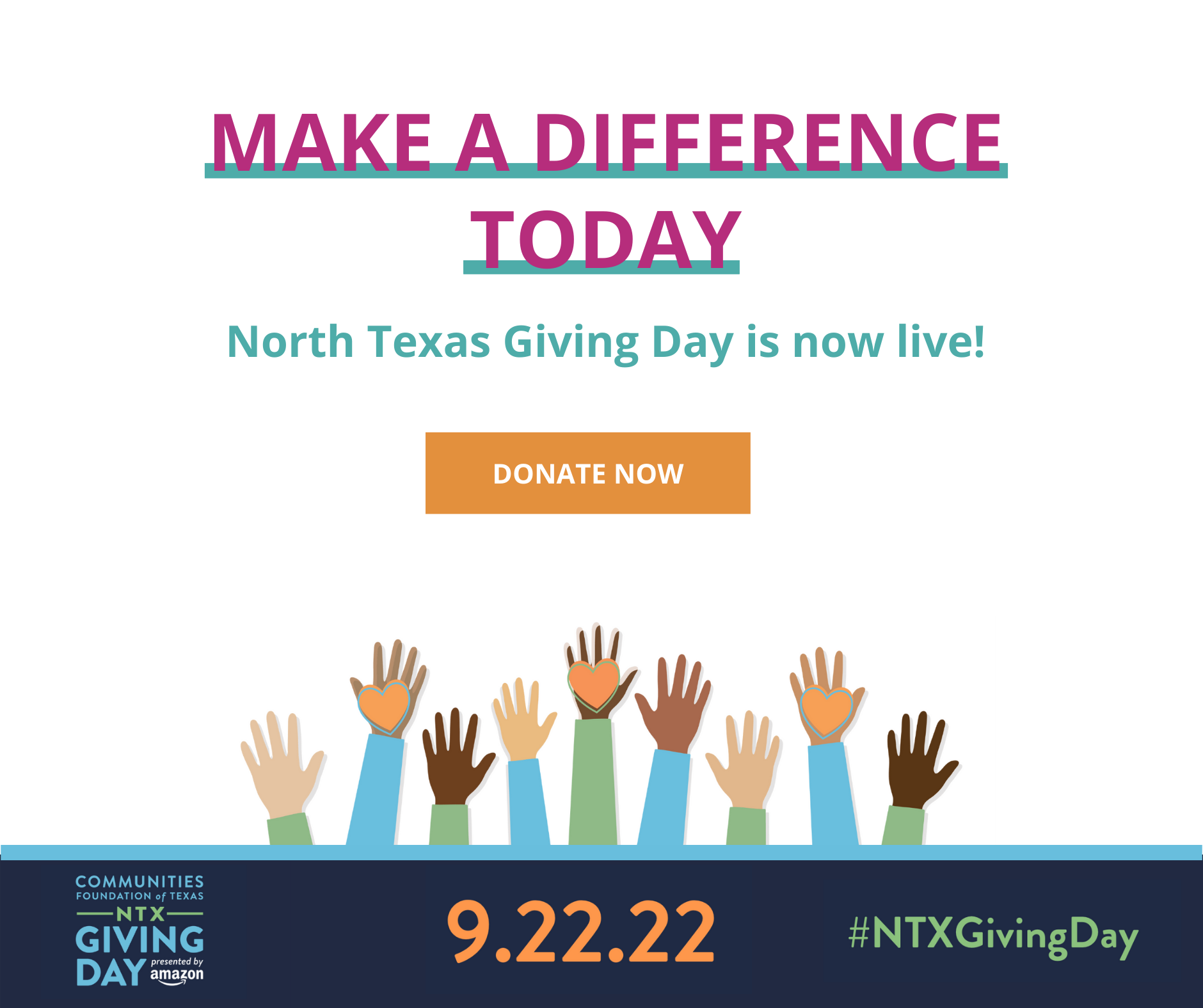CHILD PROTECTION POLICY – NEW AND NOTEWORTHY
Maternal and Child Health Inequities Emerge Even Before Birth (Child Trends)
Highlighting findings from the State of Babies Yearbook: 2020, this brief focuses on the evident disparities in maternal health and birth outcomes among babies and families of color: “To have a healthy pregnancy and positive birth outcomes, women and their infants require access to appropriate health care services, before, during, and after birth.”

TexProtects’ Takeaway: Black and Indigenous babies have a much higher risk of birth complications, low birthweight, and death within their first year of life in comparison to white babies. To achieve the strongest possible outcomes for all, we must meaningfully address health disparities in our communities, beginning with the earliest days of each child’s life.
Tracking COVID-19’s Effects by Race and Ethnicity (Urban Institute)
To work toward an equitable recovery for all U.S. citizens, policymakers and practitioners should pursue solutions that acknowledge and account for COVID-19’s disparate impact on communities of color. “To design these race-conscious policies, policymakers need data to gauge how the pandemic may be affecting people’s health, housing, and livelihoods. This tool uses the near-real-time Household Pulse Survey data to track a set of measures for US households as the pandemic and recovery unfold.”

TexProtects’ Takeaway: The onset of this health crisis has further exposed how systemic racism is creating harmful disparities between white communities and communities of color. The Texas Health and Human Services Commission (HHSC) is taking the first step and has recently announced that it is seeking to remedy the lack of information about how Black and Latinx/Hispanic communities are affected by the virus. All labs that test for COVID-19 are now required to collect information on race, ethnicity, and other factors.
Start with Equity: From the Early Years to the Early Grades (Bipartisan Policy Center & The Children’s Equity Project at Arizona State University)
“Millions of young children are disproportionately underserved, over-punished, and barred from high-quality education in American schools…. The Children’s Equity Project and the Bipartisan Policy Center have come together to create an actionable policy roadmap for states and the federal government—as well as for candidates at all levels of government vying for office—to take meaningful steps to remedy these inequities in early learning and education systems.”

TexProtects’ Takeaway: More than half of the children in the United States are children of color. COVID-19 is exacerbating the inequitable distribution of opportunity in our education system. This policy agenda supports fully funding programs like Head Start, requiring states to report plans on who they will work to make learning systems more equitable, supporting and funding equitable educator training, and ensuring all education legislation prioritizes racial, ethnic, linguistic, socioeconomic, and ability-based integration.
Health Care Access for Infants and Toddlers in Rural Areas (Child Trends)
“While many public reports provide indicator data on rural health care access at the national level, this brief uses data from the State of Babies Yearbook: 2020 to examine state-level differences in how infants and toddlers living in rural areas are faring. Equipped with these data, state policymakers can explore strategies to support the needs of very young children and their families.”

TexProtects’ Takeaway: Only 0.5% of infants and toddlers in Texas who could benefit from evidence-based home visiting (HV) programs are receiving those services. This upcoming legislative session, policymakers in Texas must identify why there are gaps in how existing HV programs serve rural children and families.
As schools reopen, addressing COVID-19-related trauma and mental health issues will take more than mental health services (Child Trends)
To address COVID-19 related trauma and mental health concerns amongst students, Child Trends recommends that decision-makers in education take a comprehensive approach that extends beyond offering school-based mental health services. Such an approach includes (but is not limited to) educating all school staff about trauma and mental health; acknowledging that not every community has experienced the pandemic in the same way; and ensuring that school staff know how to connect students to community-based mental health resources.

TexProtects’ Takeaway: Through the passage of HB 18, the Texas Legislature took a step last session to ensure that all school staff are adequately trained to understand the impact of trauma on students, implement strategies to minimize the negative impacts, and maximize academic opportunities in an environment of safety and connection, making referrals when needed and with parental consent. Policymakers and organizations like TexProtects must hold school districts accountable and ensure that these mandatory trainings are taking place in a timely fashion.
To support infant development, states can encourage parents to read, sing, and tell stories with their children (Child Trends)
“Here’s an easy, evidence-based, and low-cost investment for early childhood leaders and policymakers to promote young children’s development, empower parents, and strengthen families: Encourage parents and other caregivers to read, sing, and tell stories to their children. It’s that simple.”

TexProtects’ Takeaway: Building the caregiver-child bond through singing, reading, and telling stories contributes to strengthening resiliency and encouraging literacy skills and cognitive and socioemotional intelligence in young children.
CHILD PROTECTION RESEARCH – NEW AND NOTEWORTHY
Different brain profiles in children with prenatal alcohol exposure with or without early adverse exposures (Andre, Q., McMorris, C., Kar, P., Ritter, C., Gibbard, B. Tortorelli, C., & Lebel, C.)
“Prenatal alcohol exposure (PAE) has been linked with widespread brain abnormalities including reduced brain volume, altered cortical thickness, and altered white matter connectivity. Fetal alcohol spectrum disorder (FASD), the neurodevelopmental disorder associated with PAE, is the most common cause of preventable developmental disabilities in children… The goal of this study was to determine how PAE in the presence or absence of postnatal adverse exposures is associated with brain structure and mental health symptoms in children.”

TexProtects’ Takeaway: This research contributes to a long line of research on adverse childhood experiences (ACEs) and how they shape the physical and mental brain health of children. TexProtects is working with policymakers on legislation that would create a framework in Texas on how to mitigate and treat ACEs on a statewide level to ensure the health of every child.
Father-child play: A systematic review of its frequency, characteristics and potential impact on children’s development (Amodia-Bidakowska, A., Laverty, C., & Ramchandani, P.)
This paper reflects a systematic literature review of publications in psychological and educational databases (until the year 2018) to “characterize the nature and potential impact of father-child play” for children ages 0-3. Given their findings, the authors suggest that father-child play can substantially benefit children’s development, which “provides a clear imperative for policy makers and practitioners to facilitate and support fathers, as well as mothers, in developing more positive and playful interactions with their infants.”

TexProtects’ Takeaway: Fathers matter! Encouraging strong father-child relationships is part of building protective factors for resiliency in children. This report enforces that early father-infant play is linked to positive social, emotional, and cognitive outcomes.
CHILD PROTECTION IN PRACTICE – NEW AND NOTEWORTHY
African American, American Indian, and Alaska Native children are all more likely to live in grandfamilies – “families in which grandparents, other adult family members or close family friends are raising children with no parents in the home” – than other racial or ethnic groups. The following two reports by Generations United are intended to support child welfare or other government agencies, as well as nonprofits, to better serve the grandfamilies with which they work:
- Native Grandfamilies: Helping Children Thrive Through Connection to Family and Cultural Identify
- African American Grandfamilies: Helping Children Thrive Through Connection to Family and Culture

TexProtects’ Takeaway: Children of color are dramatically overrepresented in kinship care both within and without the formal foster care system. Historically, there has been a severe lack of support and services for these families – especially those that are culturally appropriate.
Road to Resilience: Raising Healthy Kids (Mayo Clinic Health System)
“This six-week virtual program will help you and the youth in your life combat the effects of Adverse Childhood Experiences (ACEs). There are a variety of resources in linked pages on this site that you and your youth should review at your own pace. You can read content, watch videos or do activities.”

TexProtects’ Takeaway: Adverse childhood experiences (ACEs) can lead to negative mental and physical health effects later in life. This tool is a great way to help build resiliency against these potential negative outcomes so that ACES do not dictate a child’s future.
Using Media Effectively with Young Children and Virtual Visitation (Youth Law Center & Quality Parenting Initiative)
“While in-person visitation is the best way to support families, it isn’t always possible during this emergency. Now more than ever, it is critically important that birth and foster parents partner together to ensure that children experience continuity of relationships and can maintain contact with the people they love.” This brief shares research and practical suggestions from Dr. Rachel Barr, an expert in media and young children, to help parents navigate and make the best of virtual visitation with their young children.

TexProtects’ Takeaway: Virtual visitation can be used to maintain and strengthen relationships for young children. Learn how to navigate difficulty holding a child’s attention, problems with eye contact and sharing attention, loss of physical contact, technical problems, and toddler independence.



